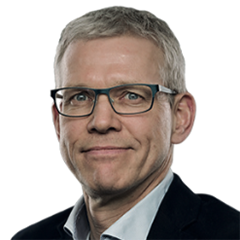There is a reason why developers should always prioritize best practice. Thomas Broe, Director of HSEQ, K2 Management, tells PES why this is so important. Some of the reasons are less obvious, but will be top priority to companies in our industry.
In developed markets, health, safety and environmental (HSE) regulations are often robust and comprehensive but this is not always the case in emerging markets.
What might sound like an opportunity to reduce costs by simply complying to local regulations could in fact be a false economy.
Despite local requirements potentially being simple there are sound moral and financial reasons for investing in health, safety and environmental performance beyond those local requirements.
Bankability
International banks, financiers and investors almost exclusively demand that wind and solar projects follow international best practice standards, before they will invest.
Banks and investors have a code of ethics for their engagements, which apply globally no matter what market they are investing in, so project developers will have a hard time getting a project financed without promoting a certain standard of health, safety and environmental performance. This is something that will be flagged during the due diligence process.
In some markets, there is no requirement for an environmental impact study or even a health and safety plan, representing a simplistic approach to the management of HSE risk in a project. Failure to thoroughly identify and mitigate risks can lead to unexpected problems during the construction and operational phases of a project, potentially costing both time and money.
A prime example
In some markets, elevators in wind turbine towers are not mandatory, so engineers must climb the ladder in tropical heat inside a steel tower. At the height of the sun, this can mean climbing in temperatures over 55 degrees Celsius, exposing workers to the risk of heat exhaustion.
As such, construction and maintenance work must be scheduled to avoid the hottest times of the day, which potentially leads to reduced project efficiency and greater asset down time.
However, if this was considered in the development stage of the project, the cost of including elevators in the CapEx vs the cost of down time and project efficiency loss over the 20+ year project lifespan could be a potentially significant saving.
In simple terms, there is a direct correlation between the overall price tag for a project and its HSE-maturity. Effective management of HSE has been proven to improve worker morale and productivity, facilitate good cooperation between client and contractors, as well as reducing accidents which could cause harm to workers, the environment and company’s reputation.


























